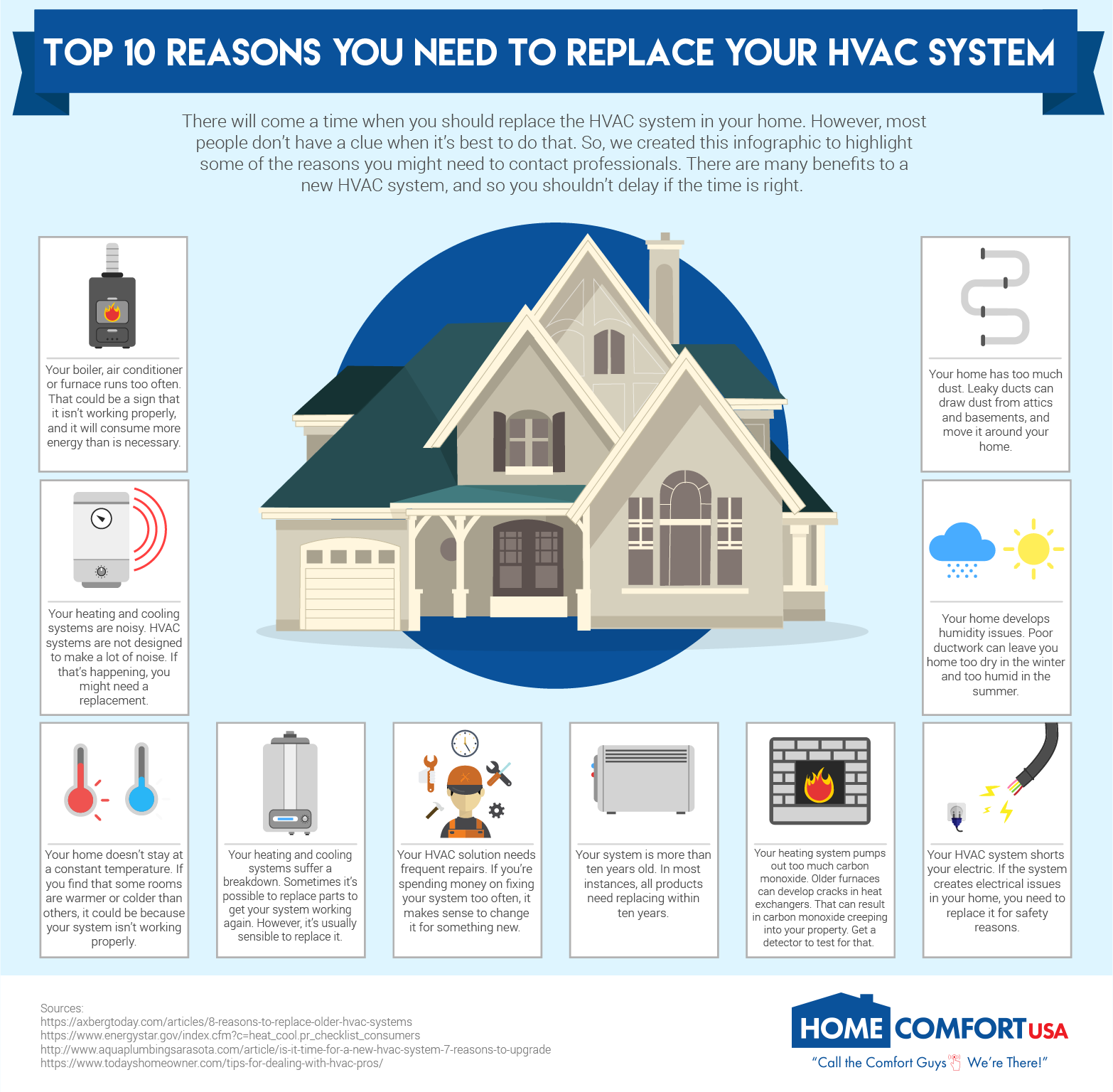The Future Of Home Home Heating - How Heatpump Technology Is Advancing
The Future Of Home Home Heating - How Heatpump Technology Is Advancing
Blog Article
Web Content Author-Rosenthal Dominguez
Heatpump will be a crucial modern technology for decarbonising home heating. In a situation constant with federal governments' revealed power and climate commitments, their global ability doubles by 2030, while their share in heating rises to one-quarter.
They work best in well-insulated homes and rely on electrical power, which can be provided from an eco-friendly power grid. Technical developments are making them extra efficient, smarter and less costly.
Fuel Cells
Heatpump utilize a compressor, refrigerant, coils and followers to move the air and heat in homes and appliances. They can be powered by solar energy or power from the grid. They have actually been acquiring popularity due to their inexpensive, peaceful procedure and the capacity to generate electrical energy throughout peak power demand.
Some business, like IdaTech and BG MicroGen, are dealing with fuel cells for home heating. These microgenerators can replace a gas central heating boiler and produce a few of a residence's electric demands with a link to the electrical energy grid for the rest.
Yet there are reasons to be skeptical of using hydrogen for home heating, Rosenow claims. It would certainly be expensive and inefficient compared to other modern technologies, and it would certainly add to carbon discharges.
Smart and Connected Technologies
Smart home technology allows house owners to link and regulate their gadgets from another location with making use of smart device apps. For example, smart thermostats can learn your home heating preferences and immediately adapt to enhance energy consumption. Smart lighting systems can be controlled with voice commands and immediately shut off lights when you leave the area, lowering energy waste. And wise plugs can keep track of and manage your electric usage, enabling you to identify and restrict energy-hungry devices.
The tech-savvy house illustrated in Carina's meeting is an excellent image of exactly how residents reconfigure area heating methods in the light of brand-new clever home technologies. They count on the devices' computerized attributes to carry out day-to-day adjustments and concern them as a hassle-free ways of conducting their home heating practices. As such, they see no reason to adapt their methods additionally in order to allow versatility in their home power need, and interventions aiming at doing so might face resistance from these homes.
https://drive.google.com/drive/folders/1IMIZ3APRhQ7Xd7Bi_hJuTxqd2b_Q4-T8?usp=drive_link
Considering that warming homes accounts for 13% of US emissions, a button to cleaner alternatives can make a large distinction. But the modern technology encounters challenges: It's pricey and requires comprehensive home renovations. And it's not constantly compatible with renewable energy resources, such as solar and wind.
Till recently, electric heatpump were too expensive to compete with gas models in a lot of markets. Yet brand-new innovations in layout and products are making them extra budget friendly. And far better chilly environment efficiency is allowing them to operate well even in subzero temperatures.
The following action in decarbonising home heating might be making use of warm networks, which attract warmth from a main source, such as a nearby river or sea inlet, and distribute it to a network of homes or buildings. linked web page would lower carbon exhausts and permit households to benefit from renewable energy, such as eco-friendly electrical power from a grid supplied by renewables. This choice would certainly be much less expensive than switching to hydrogen, a nonrenewable fuel source that requires brand-new infrastructure and would only lower CO2 emissions by 5 percent if paired with enhanced home insulation.
Renewable Energy
As electricity prices drop, we're starting to see the same pattern in home heating that has driven electrical autos into the mainstream-- yet at an also quicker rate. The strong environment case for impressive homes has been pushed better by new study.
Renewables represent a considerable share of contemporary heat intake, but have actually been offered minimal policy focus worldwide compared to other end-use sectors-- and also much less interest than electrical energy has. Partially, this mirrors a mix of consumer inertia, divided incentives and, in many countries, aids for nonrenewable fuel sources.
New modern technologies might make the shift much easier. For example, heatpump can be made more energy reliable by replacing old R-22 refrigerants with new ones that don't have the high GWPs of their precursors. Some professionals additionally envision area systems that attract warmth from a nearby river or sea inlet, like a Norwegian arm. The warm water can then be used for cooling and heating in a neighborhood.